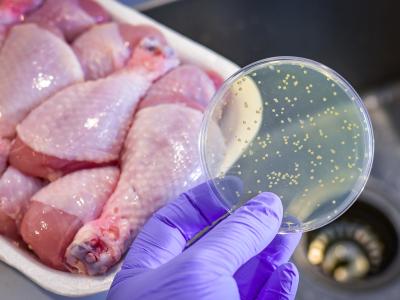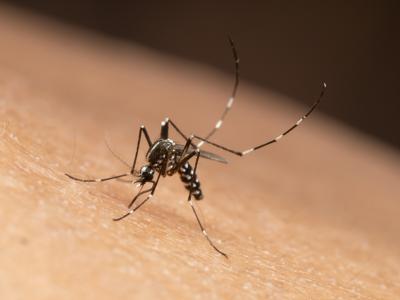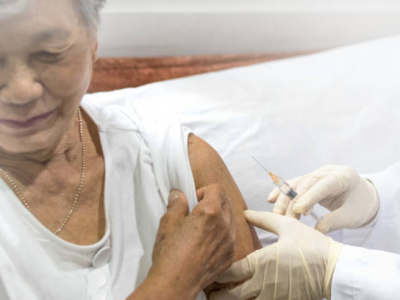Health officials in Hong Kong today said they detected a second imported H7N9 flu case, in an 80-year-old man from the mainland, while mainland China reported another new infection, which sickened a 30-year-old man from Zhejiang province.
Both of the H7N9 cases reported this week have travel ties to Shenzhen, a major city just north of Hong Kong in China's Guangdong province. The new case in Zhejiang, about 800 miles northeast of Guangdong province, further boosts the province's status as China's hardest hit by the H7N9 virus.
Meanwhile, new scientific findings released today suggest that the virus doesn't latch on to human cells strongly enough to pose a pandemic threat, though the virus bears close monitoring for further changes.
Hong Kong's second imported case
Hong Kong's Centre for Health Protection (CHP) said in a statement today that the 80-year-old man arrived in Hong Kong with three family members on Dec 3 and was admitted to Tuen Mun Hospital for further treatment of a chronic illness. He had been hospitalized in Shenzhen for several days in November for his underlying illness.
He didn't have a fever when he was first admitted to the hospital. However, his temperature spiked this morning, and healthcare workers isolated him and obtained nasopharyngeal samples, which were positive for H7N9. The CHP said the patient is in stable condition, and he will be transferred to and isolated at Princess Margaret Hospital
The man's family members who accompanied him or visited him in the hospital are asymptomatic, and patients who were in the same cubicle with the man at the hospital, health workers, and visitors are being traced and checked, the CHP said. Health officials are trying to locate the taxi driver who took the man and his family from the border control point to the hospital.
The CHP said surveillance has been enhanced at area hospitals and that border points have implemented prevention and control measures, including thermal imaging systems for body temperature checks of inbound travelers. It added that more staff have been sent to border points to conduct random temperature checks with handheld devices.
A report today from Xinhua, China's state news agency, said the man is a long-term resident of the mainland, where he had contact with poultry.
Mainland China reports sixth autumn case
Meanwhile, the CHP said it has been in contact with mainland officials about the new H7N9 case in Zhejiang province. The man, whose infection was confirmed yesterday, is hospitalized in Hangzhou.
The man's illness is China's sixth H7N9 case reported this fall and the second one detected in Zhejiang province in the past week.
China has so far reported 140 H7N9 cases, 45 of them fatal. Most of the cases were reported earlier this year. After a summer lull the country has reported six cases since the end of August. Only three other cases have been reported outside the mainland, one in a Taiwan in a man who had visited the outbreak area for work and two in Hong Kong, both involving visitors.
H7N9 study downplays pandemic threat
In H7N9 research developments, teams from two Scripps Research Institute labs today reported that an analysis of the H7N9's hemagglutinin protein shows that it binds only weakly to human-type receptors, which could signal that it still hasn't adapted to become a pandemic threat. The group published its findings in Science.
Using an H7N9 isolate from Shanghai, one lab tested the ability of the virus to bind to different human and avian sialic receptors on host cells. The other lab used x-ray crystallography to explore the structure of the virus's bonds to different avian- and human-type receptors.
The findings show a looser connection with human-type receptors, compared to snug couplings with some avian-type receptors. This led researchers to conclude that despite signs that H7N9 has started adapting to human hosts, it doesn't appear to be an imminent pandemic threat.
Ian Wilson, PhD, who heads the lab that performed the x-ray crystallography studies, said in a Scripps press release yesterday, "These results suggest that we should continue to observe H7N9 and see if it undergoes any changes that make it more likely to spread in the human population."
See also:
Dec 6 CHP statement
Dec 6 Xinhua story
Dec 2 CIDRAP News story "Hong Kong reports its first H7N9 flu case"
Dec 6 Science abstract
Dec 5 Scripps press release






















